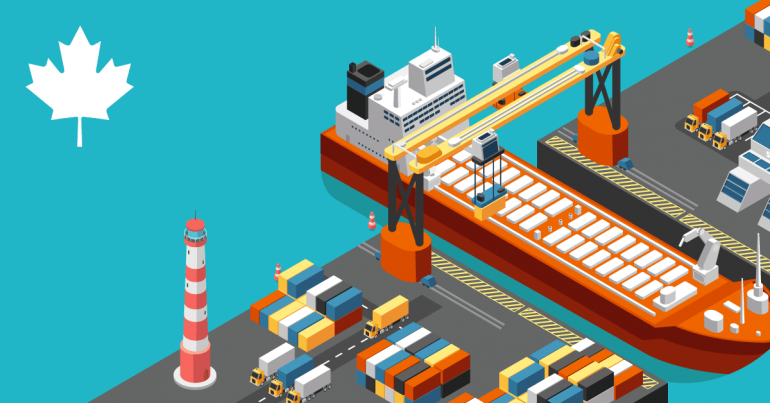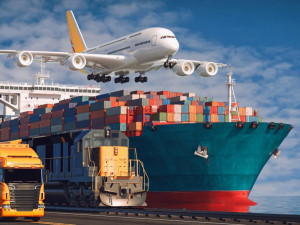
Preparation
The first requirement for a firm importing commercial goods into Canada is to obtain a Business Number. These are issued by the Canada Revenue Agency and there is no cost, details can be found here. In order to be prepared for the classification of the product to be imported as much information needs to be gathered as possible, including, wherever possible a sample. Classification is vital as this will determine the value of duty payable.
Before deciding the country of origin of the goods you intend to import, it is vital to ensure there are no restrictions on import into Canada. Such clarification is easily obtained from the Canadian Ministry of Trade. Failure to comply can be an expensive, time consuming, and potentially illegal act so make sure that you go over the list carefully.
As a new importer, it pays to consider utilising the services of a customs broker. These firms are licensed in Canada to ensure that they comply with the code of conduct and provide a professional and consistent service. They can facilitate several potential hurdles, such as presentation of documents, release of a shipment, duty payments, and/or dealing with the customs bureau on your behalf.

Classification
Once you have decided what you will import and from where, obtained the necessary approvals and authorities (if any), you will need to obtain a classification for the product. Every item to be imported needs a classification in order to determine the level of duty or tax to be paid. There is a harmonized global system of classification that Canada subscribes to so there is a consistency within global trade. More countries are joining this system every month and it is already used by the U.S, China, the UK and India. Further information on classification can be found here.
For the best money transfer deals, sign up today at CurrencyTransfer.Com
Tax and Duty rates to be applied to your import
Tariff treatment is a significant factor in importing goods into Canada. It is imperative that importers remain up to date with the various regulations that apply to the trade agreements relative to the country the goods originate in. It is the responsibility of the importer to ensure they are compliant. This can add a major burden but can be outsourced to experts in the field. As global trade becomes an ever more complicated topic, it is vital to stay up to date with developments.
Canada is party to sixteen mostly regional agreements that govern its trade and tariffs. Following Brexit, a further agreement will be negotiated which treats the UK differently from the existing “Canada-European Free Trade Association Free Trade Agreement: Iceland Tariff (IT), Norway Tariff (NT), Switzerland-Liechtenstein Tariff (SLT).
It is important to determine the value of the goods that are being imported and the value of the tax and /or duty in advance, in that way you will not receive any nasty shocks.

Reporting
For Government statistics to be accurate and meaningful, there is a comprehensive system of reporting in place. All commercial goods must be reported to the Canadian Border Services Agency either by you or your carrier. These requirements are now handled electronically to speed the clearance of goods through customs.
Release and Inspection
Once all formalities have been taken care of, the goods will be released, and there is one final task before they enter the supply chain. The goods must be inspected to ensure they comply with the order, are “fit for purpose,” and are in the condition desired. This information is relayed to the Bureau of Statistics who compile reports that allow prospective importers to determine countries and suppliers that have the necessary reputation and ability to provide the goods and services required.
Importing goods into Canada is becoming a more and more streamlined, automated and efficient process. This is important given the size of the country and the number of entry points. As an exporter, you will find the services of the many government agencies mentioned in this article to both useful and helpful.

About Alan Hill
Alan has been involved in the FX market for more than 25 years and brings a wealth of experience to his content. His knowledge has been gained while trading through some of the most volatile periods of recent history. His commentary relies on an understanding of past events and how they will affect future market performance.”



